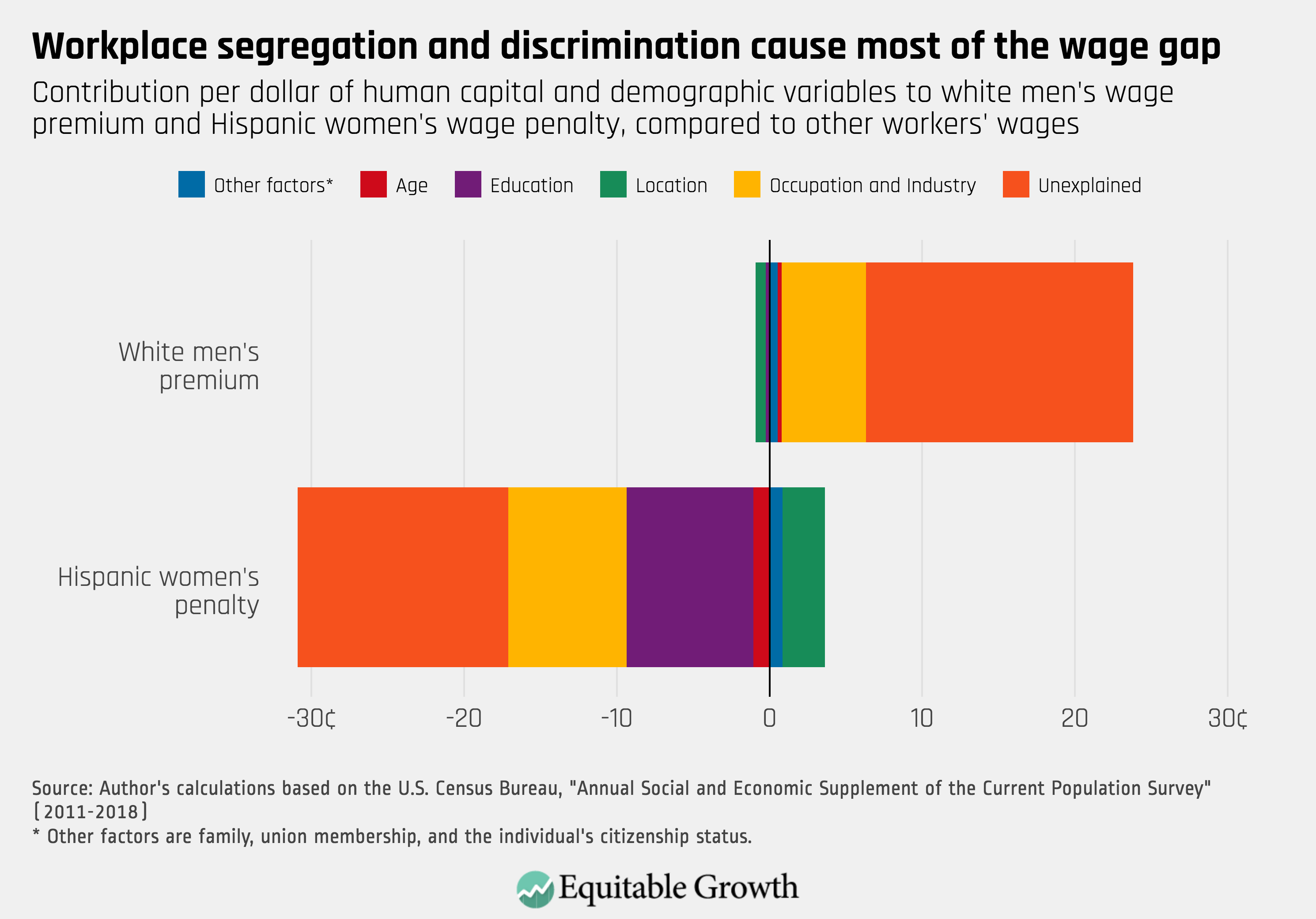Weekend reading: “HQ2” edition
This is a weekly post we publish on Fridays with links to articles that touch on economic inequality and growth. The first section is a round-up of what Equitable Growth published this week and the second is the work we’re highlighting from elsewhere. We won’t be the first to share these articles, but we hope by taking a look back at the whole week, we can put them in context.
Equitable Growth round-up
In a new blog post in Equitable Growth’s Competitive Edge blog series, former Federal Trade Commission commissioner Terrell McSweeny discusses the rise of pricing algorithms and the implications they raise for competition policy.
In an interview for Equitable Growth’s In Conversation series, Heather Boushey and University of California, Berkeley economist Hilary Hoynes discuss the impact of social safety net programs on economic growth.
Check out Brad Delong’s latest worthy reads from Equitable Growth and around the web.
Will McGrew discusses the implications of the rise of job-matching platforms on economists’ job search and matching theory for understanding how workers transition between jobs and get jobs that are the best matches for their skills.
Links from around the web
New reports highlight regional differences in economic prosperity within the United States. In conjunction with a decline in geographic mobility, this trend suggests poor Americans are stuck in poor places. [the economist]
Reed College economist and Equitable Growth grantee Kimberly Clausing and University of California, Berkeley economist Hilary Hoynes explain the policy implications of rising income inequality, particularly as it relates to social safety net programs and tax policy. [econofact]
Derek Thompson of The Atlantic reports that the rise of expensive, elite traveling youth sports teams explains differential rates of participation in youth sports between high- and low-income families: “Just 34 percent of children from families earning less than $25,000 played a team sport at least one day in 2017, versus 69 percent from homes earning more than $100,000. In 2011, those numbers were roughly 42 percent and 66 percent, respectively.” [the atlantic]
New research finds that hospital consolidation in the United States has increased costs for patients. [nyt]
This week’s announcement by Amazon.com Inc. that its new secondary headquarters will be split between New York City and the Washington, DC suburbs in northern Virginia demonstrates that proximity to already highly skilled workers trumps tax incentives in companies’ location decisions, not that that stops local leaders from offering them. [wapo]
Friday Figure

Figure is from “The intersectional wage gaps faced by Latina women in the United States” by Kate Bahn and Will McGrew

